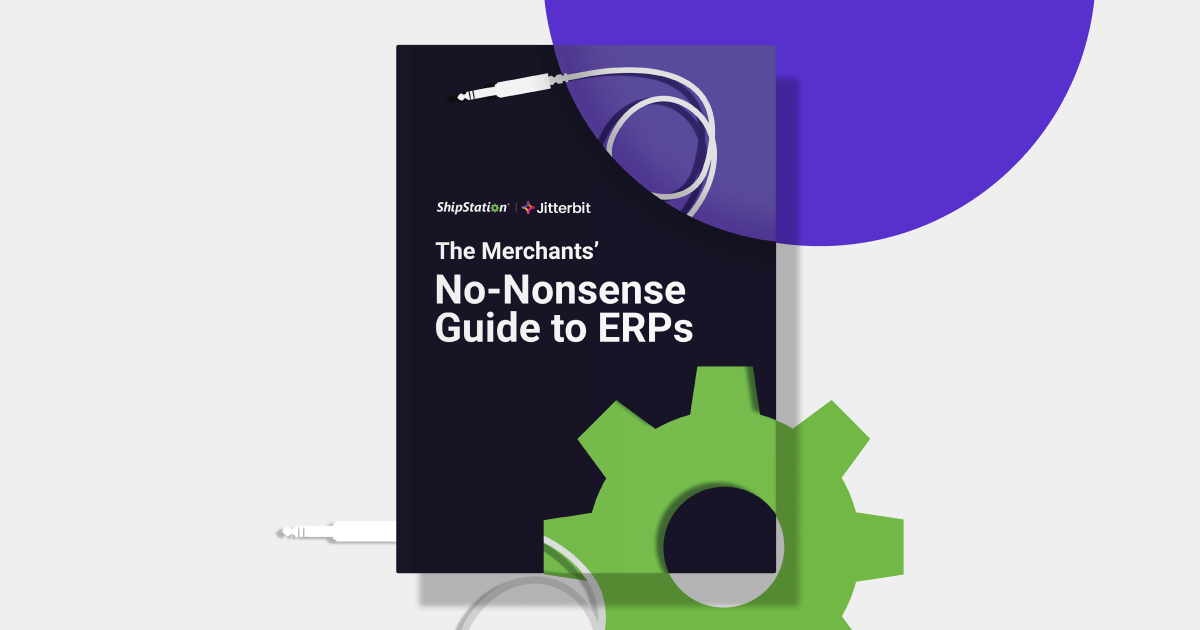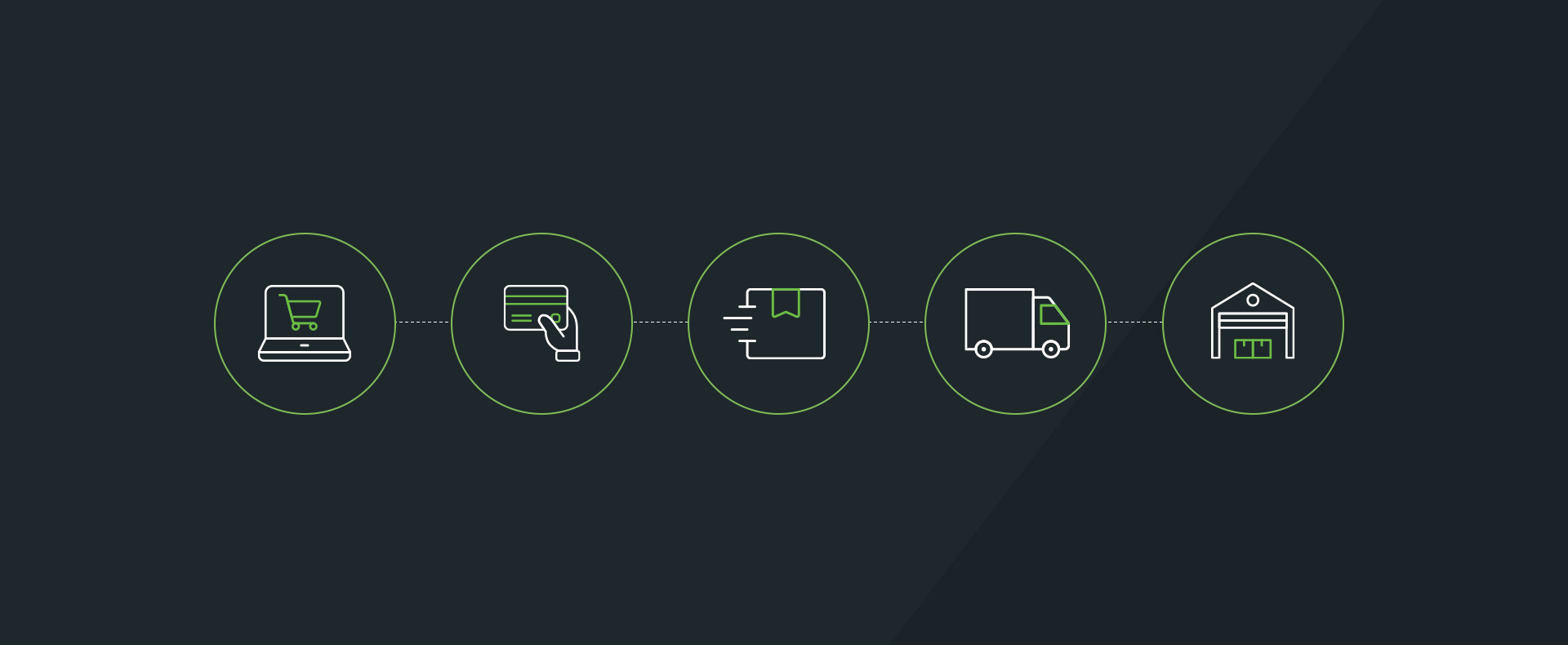3 Ways You Can Quit Losing Sales to Stock-Outs
This post was contributed by Stitch Labs, the must-have inventory management suite for small businesses. Stitch integrates in real-time with ShipStation, eBay, Amazon, Shopify, BigCommerce, Etsy, and more.
The surest way to lose potential sales is to be out-of-stock. Not only do you lose the sale on that item, but also you risk losing sales on additional items both that same day and in the future.
Almost one-half of intended purchases are lost when a consumer finds an item is out of stock according to an Emory University study.
Preventing stock-outs seems simple enough, right? All you have to do is make sure you have enough units in stock. Of course, as a seller, you know there is a delicate balance between having enough stock on hand and overstocking.
Luckily, with a few numbers in hand, you can prevent lost sales due to stock-outs by knowing exactly when to restock your inventory, how to make it easy for customers to buy, and ordering inventory by product options.
1. Know when to restock your inventory.
In order to know when to restock your inventory, you need to be able to answer:
- What products are selling?
- When do I expect more units to arrive?
- How many additional units am I awaiting?
Closely monitoring your inventory level is critical for being able to answer questions like these.
Use automation to make restocking inventory easy. For example, low stock alerts can automatically inform you that your stock is getting low and it’s time to order more.
Knowing that you need to replenish your stock is only one component of the challenge to making sure you get the number of units you need, when you need them. Also, intimately understand how your suppliers work.
Ask yourself these questions to plan appropriately:
- By how much does your supplier typically under provide or short you?
- How long does it take for your order to arrive?
- Is your supplier typically on time or delayed? By how much?
If you don’t know any of this information, go back in your records or start taking notes now. Use this information to create optimal purchase orders. By planning for delays or receiving for less stock up front, you can help prevent stock outs (and stress) up front.
2. Make it easy for customers to buy.
Particularly during stock-outs, it’s important to remove as much friction in the buying process as you can to help close sales.
Establish trust and allay your customers’ fears. Be able to accurately and confidently answer, “When will you have more?”. When customers hear “I don’t know”, they quickly think waiting is not worth it, or worse: you don’t know what is going on in your own business. If you want to be really on top of things, don’t make them ask for this information either. With the numbers you should have collected above, you should be able to tell them on your site exactly how long it’ll take before you’ll have more in stock.
Make it easy for your customer to purchase the item when stock is replenished. Create a system to notify customers when orders have arrived. Or, even better, allow backordering of your products.
Allowing customers to order out of stock products can be an effective strategy to guaranteeing the sale. Customers can pay up to 100% of the cost of the product up front, so that all the customer needs to do is await the arrival of their products.
Selling online has pros and cons. While you are less likely to interact with a customer to know which item they wish they could buy, it’s easy to automate notifying customers when new stock of an item arrives.
3. Know exactly which product options are your best sellers.
Bestsellers are great. They are fast-moving sales and help keep your order volume up. Often, retailers don’t stock enough of their bestsellers.
Since best sellers are the first to go, their space on the shelf can sit empty as you wait for slower turning products to sell. By not having the right mix of products on your shelves, you lose sales.
Avoid the situation when customer after customer wants to buy your medium, plaid shirt, but abandons their cart after finding only smalls and larges available.
Use your product data down to the product option level to ensure you purchase the best mix of inventory and get the right number of product options you need. For example, know that for every one small you sell, you sell five mediums and two larges. When ordering new units, order five times as many mediums as smalls and twice as many larges as smalls.
Multi-channel Seller Tips
By allocating your limited stock to a particular channel and dividing your stock, you increase the likelihood of a stock out and lost sales.
A centralized pool of inventory for all of your channels helps you balance uncertainty in demand and ensures all of your stock is available through each channel.
Inventory management software, like Stitch Labs, offers real-time inventory and order syncing makes it easy to sell from a centralized pool of inventory so you can leverage all of your stock, while also preventing selling items you don’t actually have in stock.
Perfecting inventory management to prevent lost sales can seem like an art. With the right systems, tools and know-how, you can turn inventory management into a science.






